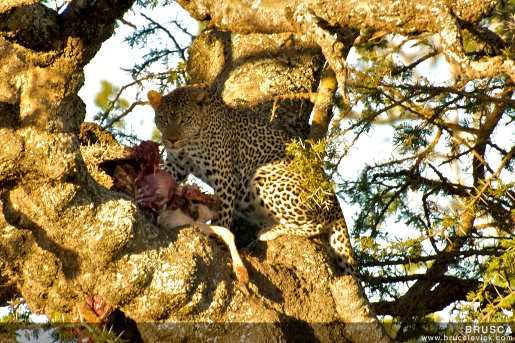Surreal and sublime, Tarangire National Park is a hugely underrated Tanzanian safari highlight. It is famous for elephants and baobab trees, yet the wildlife population is far more diverse than visitors expect.
As part of the Northern Circuit, Tarangire is a popular stop on many Tanzania safaris. However, it is also the park that people take off their itineraries in order to save money.
Never discount Tarangire National Park. It is a perfect introduction to the African safari experience, where you come incredibly close to so many four-legged giants. However, you must be aware of seasonal changes and migratory movement, which impacts the wildlife experience.
This guide will talk you through different options and help you maximise the experience on the ground. Just jump in and connect with your wild side.
Where and What is Tarangire National Park?

Tarangire is located in northern Tanzania and is on the Tanzania safari Northern Circuit. This is a route between four contiguous parks and reserves – Tarangire, Lake Manyara, Ngorongoro Crater and Serengeti National Park.
The Tarangire National Park entrance gate is roughly a 2 ½ hour drive from Arusha or three hours from Kilimanjaro International Airport.
At 2850 square kilometres, this is one of Tanzania’s smaller parks. However, Tarangire sits at the heart of a wildlife migration area that stretches for over 30,000 square kilometres. During dry season the wildlife population more than doubles, as animals come to enjoy Tarangire’s network of swamps.
In most countries Tarangire would be a premier safari highlight. However, the proximity to Ngorongoro and Serengeti means this park is mostly unknown or overlooked.
Some people find it a wonderful surprise. They visit Tanzania to experience the great wildebeest migration, Serengeti grasslands, and Ngorongoro Crater, so a day in Tarangire is an expected bonus.
However, others skip Tarangire because they want to spend more time in the two famous destinations nearby.
The Tarangire Safari Experience

Tarangire National Park provides an authentic and highly intimate safari experience. Open-minded visitors love it. They especially love the range of wildlife, wilderness feel, and proximity to large mammals.
But it is not a classic big five destination. People wanting to tick all the famous animals off their list can be disappointed.
A varied landscape
The park’s savannah landscape is dominated by baobab trees, granitic ridges, ancient river valleys, and seasonal swamps. Varied vegetation attracts varied wildlife.
The best word to describe the Tarangire National Park landscape is thick. The grass grows high and the woodland is surprisingly dense. Other than the river and swamps there is little open space, making Tarangire a wonderful contrast to the Serengeti grasslands.
Acacia shrubs and mixed woodland fill half the park, meaning more food for elephants than anywhere else in northern Tanzania. Swamps and seasonal rivers dominate the park’s south and east. These attract migratory species from June to October.
The baobabs are numerous and among the tallest in Africa. They dwarf all the wildlife (yes, even elephants and giraffe!) and stand like sentinels upon the horizon.
Tarangire River slices through the heart of the park and provides water to the year-round wildlife residents. The rest of the landscape is noticeably dry, even during the rainy season.
Superb wildlife
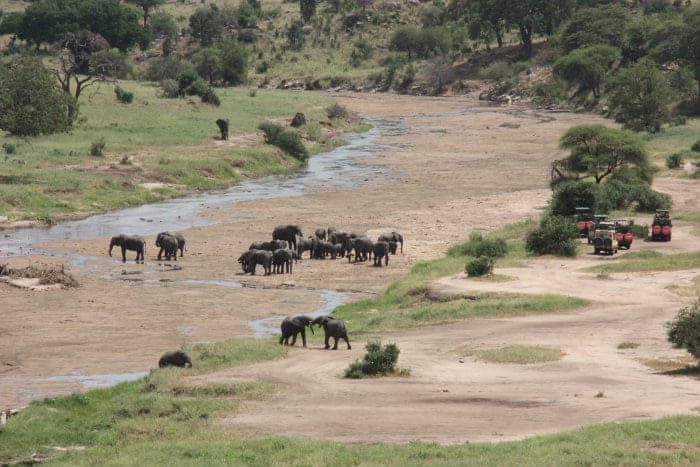
Tarangire is famous for elephants. Enormous herds patrol the savannah, swinging their trunks as they march onward to water.
Sometimes the elephant herds number more than 300, making them the largest herds in East Africa. Even a small herd can have 50 individuals, so there is no question that Tarangire is a park for elephant lovers.
However, while elephants are a highlight, many visitors think they are the only highlight. Tarangire National Park is ignored and underrated because of this unmissable focus on elephants.
You can enjoy some remarkable encounters here. Abandoned termite mounds provide home to great colonies of mongoose. Arid specialists like fringe-eared oryx and gerenuk prance about woodland fringes.
Large antelope herds are conspicuous during the dry season. Wildebeest and zebra are joined by Thomson’s gazelle, eland, hartebeest and impala.
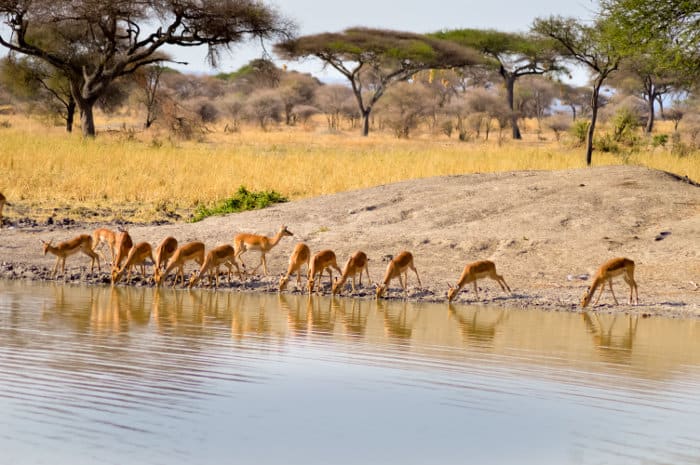
These abundant antelope support an excellent big cat population. Tarangire National Park has as many big cats as Tanzania’s other parks.
Lions are especially easy to find. However, thick vegetation makes it a challenge to find solitary cats. You will need a good guide to encounter leopards or cheetahs. But these animals are present and the more time you have, the more opportunity you have for an encounter.
Hyenas can be seen but you will see far more in Ngorongoro and Serengeti. Do look out for wild dogs as there is one viable population in the national park.
All these African animals are joined by the classic safari favourites. Hippos are common, buffalos abundant, and almost every vista includes giraffe loping alongside baobab trees.
Rhinos are not present but there are some very unusual sightings to seek out, such as pythons draped around trees besides the swamps.
Activities – only daytime game drives
Visitors can only explore Tarangire National Park on daytime game drives. Park rules are strict and guides cannot take you off the main trails.
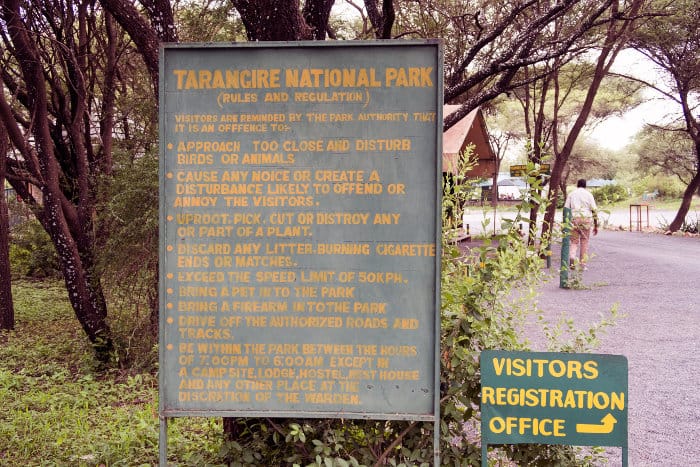
A handful of camps have their own concessions on the national park’s peripheries. Short game walks are possible in these, but they are not long walking safaris, just 20-30 minutes looking out towards the elephants.
Costs – Tarangire National Park is great for budget safaris
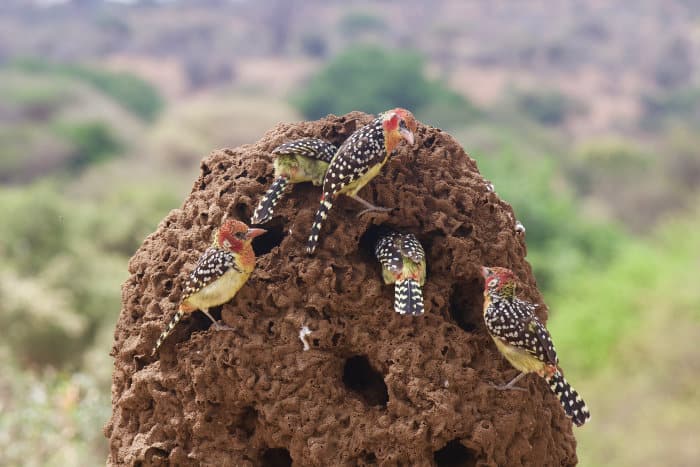
Many budget travellers skip Tarangire in a bid to save money. Unfortunately, from a budget perspective, one day less in Tarangire doesn’t equate to one day more in the Serengeti.
Tarangire is one of the cheapest national parks in East Africa. The park fees are less than half of the Serengeti or Ngorongoro.
In large safari destinations like the Serengeti or Ngorongoro you really need to stay inside the park or reserve. If you don’t, the distances are too long and you can’t appreciate the full safari experience. Every camp pays a fee for every night you spend. These fees are exorbitant in the Serengeti.
Tarangire is small. You can stay on the outskirts of the park, in a transition zone that enjoys plenty of migratory wildlife. These camps don’t have to pay park fees for your stay so they are significantly cheaper per night.
To save money it is better to spend more time in Tarangire and less time in the other, more famous destinations.
Tarangire safari camps
Tarangire National Park is home to a handful of camps and lodges. Most of these are situated in the north of the park. A couple of very exclusive options can be found in the south.
The transition zone has a wider variety of camps. These are cheaper and they are still visited by elephants, lions, antelope and more.
In 2016 one Africa Freak contributor encountered mating lions just 100 metres from a camp in the transition zone, along with an old elephant bull who came to drink daily from the swimming pool.
Most of these camps are literally on the Tarangire National Park boundary. So you can relax at the camp and enjoy a wide number of animal sightings. If you don’t see elephants from your camp then the safari operator chose the wrong camp!

One downside is that you cannot enter the park directly from the camp. You will need to drive around the perimeter and come in through the main gates. This can add 10-30 minutes onto the game drive but usually saves a few hundred dollars per night.
On the edge of Tarangire National Park you can enjoy a mid to high-end safari camp, with beautiful standalone suites, a swimming pool visited by elephants, and a sense of understated luxury.
You can enjoy the same in the Serengeti for upwards of USD 800 per day. In Tarangire the price is more like USD 200.
When planning a safari itinerary it is worth upscaling your accommodation around Tarangire National Park, then downgrading to simpler camps in the Serengeti.
When to Visit Tarangire National Park

Tarangire is a highly seasonal safari destination. The swamps are dry for half the year then evolve into lagoons after the long rains between March and May.
During the dry season, Tarangire National Park is a great place for elephants and ungulates. They migrate to the park in large numbers, bringing hyenas and other predators with them.
This makes Tarangire National Park a stunning dry season destination. June and July are superb. August and September are even better. October and November can be very good but it depends on the rains.
Dry season is also better for game viewing, as the vegetation is thinner and there are fewer places for animals to mind.
The park is less appealing at other times of the year, but still worth an exploratory drive.
Where to Visit in Tarangire National Park
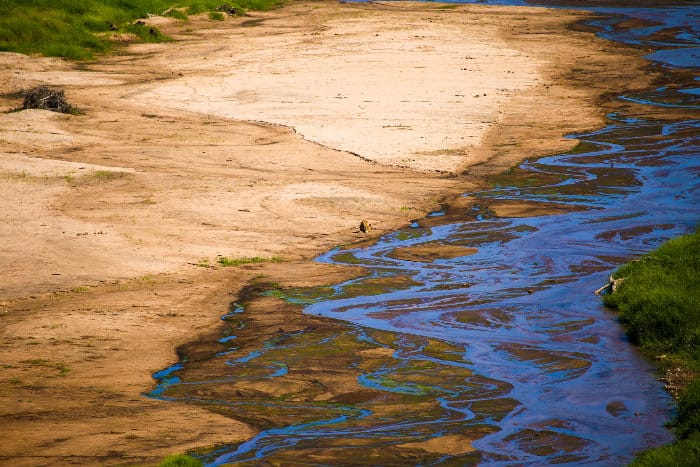
Northern Circuit safari tours either miss Tarangire, or allocate less than 24 hours to the park. This means that 90% of visitors stay around the north of the park.
The north is closer to other Northern Circuit destinations. Lake Manyara National Park is just 30 minutes away and it is less than two hours to the Ngorongoro Crater rim.
Most of the camps and lodges are also in the north.
Spend a full day in Tarangire and you can explore the south of the national park, where there is a stunning sense of wilderness and very few other vehicles.
Many visitors are astonished by how wild it feels, especially at a destination that is on so many itineraries.
A single morning or afternoon game drive will give you an impression of elephants, baobab trees, and plenty of antelopes. A full day will alert you to all the secrets that make Tarangire National Park such an underrated destination.
Planning a Tarangire National Park Safari
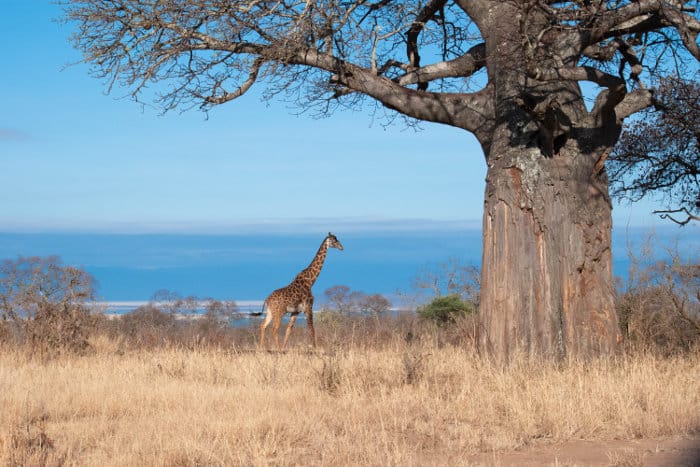
Including Tarangire in a Northern Circuit Itinerary
The classic overland Northern Circuit visits all four parks and reserves. Usually this allows for one day in Tarangire, one day in Lake Manyara, a game drive in Ngorongoro Crater, then a flexible number of days in Serengeti National Park.
Lake Manyara is a good destination to visit at any time of the day. Its beautiful setting and tree-climbing lions can be enjoyed at all hours, whereas Ngorongoro Crater and Serengeti are best in the mornings or late afternoon.
Tarangire National Park is somewhere in between. Large mammals like elephants can be enjoyed throughout the day, but you really need an early morning or late afternoon drive to search for cats.
One recommended Northern Circuit route is:
- Day 1 – Depart Arusha, afternoon game drive in northern Tarangire
- Day 2 – Full day drive in southern Tarangire
- Day 3 – Daytime drive in Lake Manyara, overnight in Ngorongoro Conservation Area
- Day 4 – Early morning game drive in Ngorongoro Crater, travel onward to the Serengeti
- Day 5 onward – Serengeti National Park
Or consider the following:
- Day 1 – Depart Arusha, game drive through Lake Manyara, overnight next to Tarangire National Park
- Day 2 – Full day and overnight in Tarangire
- Day 3 – Drive to Ngorongoro for afternoon drive in Ngorongoro Crater
- Day 4 onward – Serengeti National Park
Short safaris from Arusha / Moshi
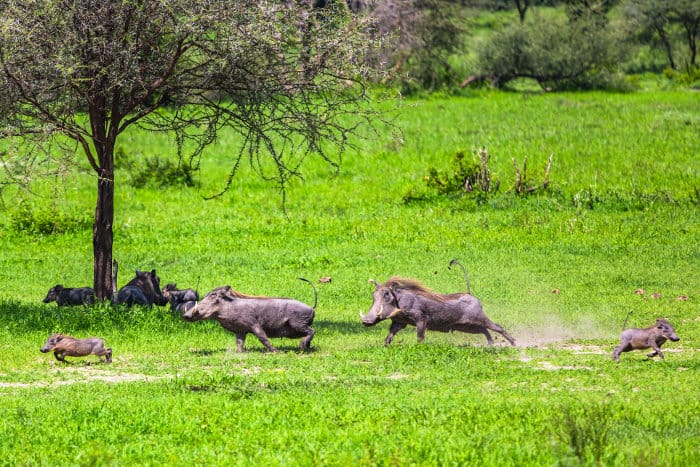
You can also visit Tarangire and another destination on a short one- or two-night safari trip from Arusha, even from Moshi.
This is a good option if you visit northern Tanzania for climbing Kilimanjaro. A long and expensive hike won’t leave much time or budget leftover for a safari, but with these short itineraries you can still enjoy a fabulous safari experience.
For example:
- Day 1 – Depart Arusha / Moshi, afternoon in Lake Manyara, overnight in Tarangire
- Day 2 – Full day in Tarangire (north and south), evening return to Arusha
Or:
- Day 1 – Depart Arusha / Moshi, afternoon in Tarangire National Park, overnight in Ngorongoro Conservation Area
- Day 2 – Ngorongoro Crater morning drive, return to Arusha
Or:
- Day 1 – Depart Arusha / Moshi, afternoon drive in Lake Manyara, overnight in Tarangire
- Day 2 – Full day game drive in Tarangire, travel onwards to Ngorongoro Conservation Area
- Day 3 – Ngorongoro Crater morning game drive, return to Arusha
Longer safaris in Tarangire

Tarangire National Park usually only gets one or two days because visitors must divide their time between so many excellent Tanzania safari destinations.
The ideal length of time to spend here would be three nights. This would allow for an afternoon drive in the park’s north on the first day, a full day exploring the south of the park, then a third day to track animal movements around the swamps.
Amboseli National Park in Kenya is the destination most similar to Tarangire. It is dominated by swamps, elephants, dry season abundance and surprising sights. If you plan a Tanzania and Kenya safari, choose one of Amboseli or Tarangire.
Remember, people only miss Tarangire as they are in search of the Serengeti and Ngorongoro. Anywhere else and this would be a fabled safari destination.
Anyone who takes the time to fully explore will love Tarangire National Park.
But even if you only have a day or night, forget the tick list and get ready for a real connection with your wild side.



